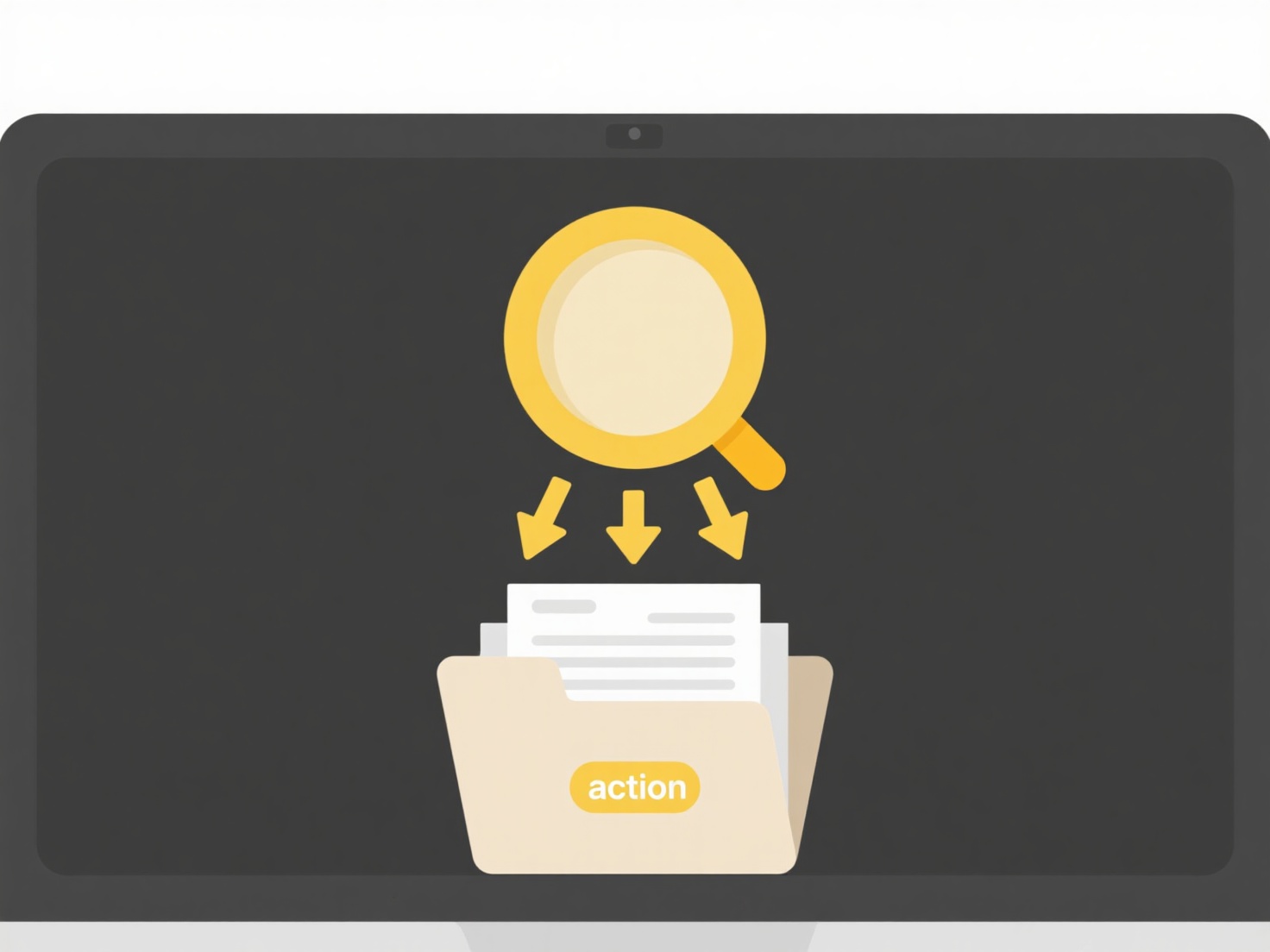
Integrating cloud and local storage in automation tools involves combining remote, scalable cloud services (like AWS S3, Azure Blob Storage, Google Cloud Storage) with physically proximate storage devices (such as NAS drives or server-attached disks) within automated workflows. It creates a "hybrid storage" setup managed automatically by the tool. This differs from solely cloud-only or local-only approaches by offering flexibility; frequently accessed critical data can be processed locally for speed, while less sensitive bulk data benefits from cloud scalability and disaster recovery, all orchestrated by the automation software.
Practical implementations include automation scripts that process large sensor datasets locally for immediate analytics, then securely archive the processed results or raw data older than a specific date to the cloud. Manufacturing systems commonly use this, storing quality control images locally for real-time robot control actions while uploading batches to the cloud for long-term audit trails. Tools like Node-RED, PowerShell, Python scripts with cloud SDKs, or enterprise RPA platforms (e.g., UiPath, Automation Anywhere) connect to APIs for both storage types to execute these moves.

This hybrid strategy offers cost savings by optimizing expensive cloud bandwidth/storage for archival while utilizing existing local resources for performance. Key benefits include resilience and scalability. However, complexities arise in maintaining consistent security policies across environments and managing connectivity dependencies. Synchronization conflicts during outages are a risk. Proper implementation allows systems to leverage the strengths of both local responsiveness and cloud elasticity, driving efficient and adaptive data management within automated processes.
How do I integrate cloud and local storage in automation tools?
Integrating cloud and local storage in automation tools involves combining remote, scalable cloud services (like AWS S3, Azure Blob Storage, Google Cloud Storage) with physically proximate storage devices (such as NAS drives or server-attached disks) within automated workflows. It creates a "hybrid storage" setup managed automatically by the tool. This differs from solely cloud-only or local-only approaches by offering flexibility; frequently accessed critical data can be processed locally for speed, while less sensitive bulk data benefits from cloud scalability and disaster recovery, all orchestrated by the automation software.
Practical implementations include automation scripts that process large sensor datasets locally for immediate analytics, then securely archive the processed results or raw data older than a specific date to the cloud. Manufacturing systems commonly use this, storing quality control images locally for real-time robot control actions while uploading batches to the cloud for long-term audit trails. Tools like Node-RED, PowerShell, Python scripts with cloud SDKs, or enterprise RPA platforms (e.g., UiPath, Automation Anywhere) connect to APIs for both storage types to execute these moves.

This hybrid strategy offers cost savings by optimizing expensive cloud bandwidth/storage for archival while utilizing existing local resources for performance. Key benefits include resilience and scalability. However, complexities arise in maintaining consistent security policies across environments and managing connectivity dependencies. Synchronization conflicts during outages are a risk. Proper implementation allows systems to leverage the strengths of both local responsiveness and cloud elasticity, driving efficient and adaptive data management within automated processes.
Related Recommendations
Quick Article Links
What are the icons used to show file sync status?
File sync status icons are small visual indicators that show the current state of a file's synchronization process betwe...
What’s the best practice for version control in shared folders?
File version control manages changes to documents stored in shared locations, differing significantly from simple file s...
How can I track who modified or moved a file?
File modification or movement tracking monitors who alters a file's content or its location on a system. This differs fr...